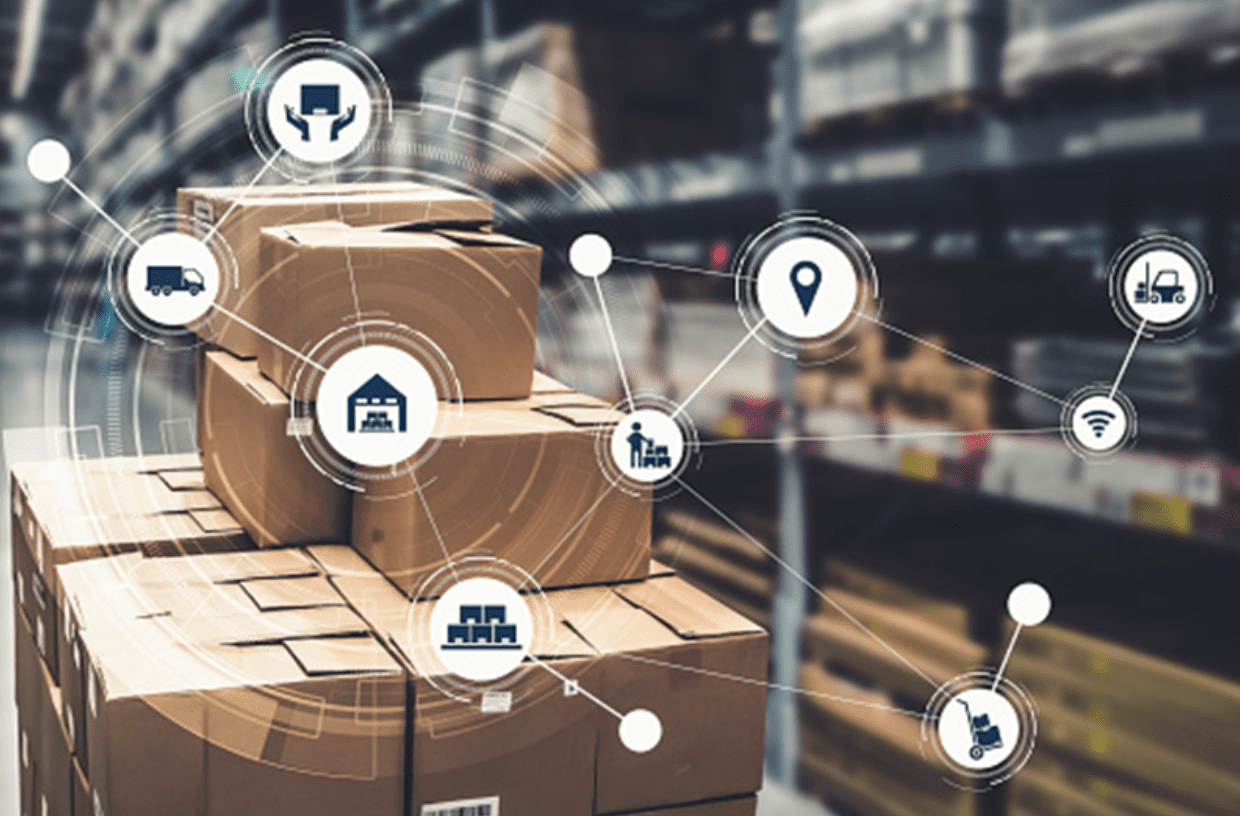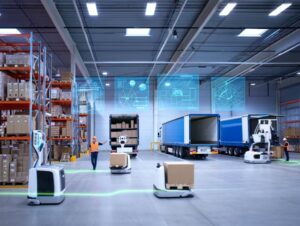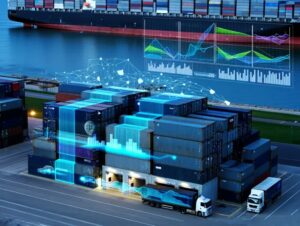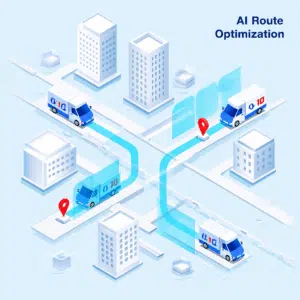In a future where sensors are very accurate and robots are smart, there is no doubt that the world of shipping and supply chains will be drastically different from what it currently looks like.
Picture this, if every truck, shipping container, and package deployment is connected to the Internet with up-to-date tracking, shipping will be more precise than it has ever been before.
This is what the combination of the Internet of Things (IoT) and digital cloud make possible: the ability to use our resources to their fullest with absolutely no limits or room for human error.
IoT and digital cloud are changing how we move things around the world, which is to say that every logistics company will now have to account for how to best use these powerful technologies. If you are ready for that and want to know how it will help your business in the shipping industry, keep reading to find out more.
Let’s start with some baseline definitions!
What is IoT?
The Internet of Things, or IoT, is a group of devices or things that are connected to each other through the Internet. The “things” part of the collection is the hub that sends and receives data over the Internet. This helps the devices make choices and memorize certain patterns and routines so that they can act without human help. This hub can often require a custom software solution to work just the way you want, and at RTS Labs, we do everything we can to deliver robust, secure, and scalable software solutions.
What is the Cloud?
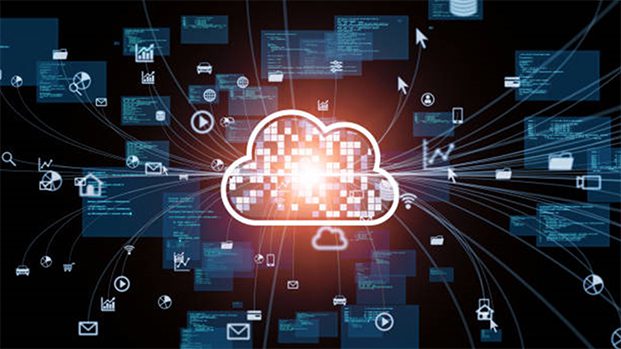
The “cloud” is a term used for services that run entirely online instead of only on your computer. While some opt to build their own apps, they are often accessed through web browsers. Cloud technologies primarily help with communications, collaboration, and operations in a wide range of industries and applications. The good thing about a technology like cloud is that you can get your information from any device that can connect to the Internet.
By uploading your relevant data into the ‘cloud’, you could, for example, have the results of your recent ship inspections uploaded to the cloud instead of adding them to the email thread you started two months ago. It is widely agreed that emails aren’t the best form of communication within a company for a number of reasons we won’t get into here.
The Benefits of Using IoT and the Cloud for Shipping Analytics
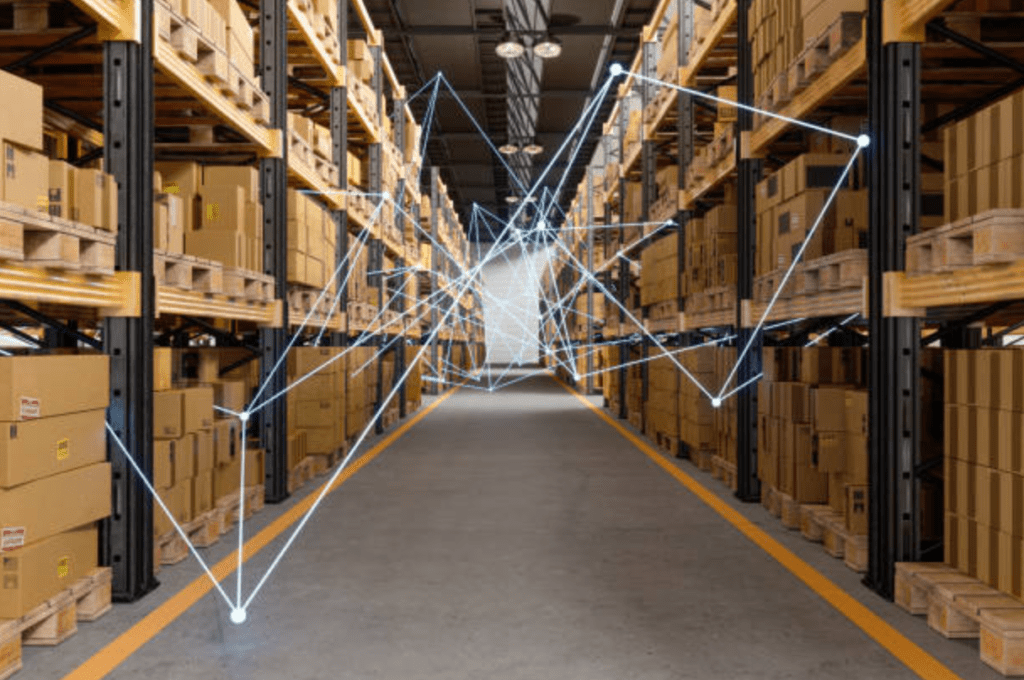
1. Infrastructure that Can Grow as Needed
Big Data and Cloud Data can be used in tandem to store a lot of information and make it easier to process and analyze all that in real time. Not only do you not have to use physical documents and infrastructure but all the processing happens completely online and often instantaneously. This lets you focus on actually analyzing data through the cloud’s vast capabilities, rather than on its maintenance. Our cloud-based software solutions grow with your company, with scalability built right into the system.
2. Analysis and Review of the Status of IoT Devices Getting Better
The lack of central servers in most shipping analytics systems often puts too much of a burden only on our internet connection and the connections that transfer data across the entire country-wide networks. When connected through IoT and the cloud, you can view changes and respond in real-time speeds, making it easier to predict errors and reducing your overall downtimes. When you create a custom software solution with RTS Labs, this also happens to mean that your security goes up a notch since a centralized system is easier to update with industry best practices, and breaches can be instantly identified.
3. Getting the Most out of the Economies of Scale
With the cloud, you can store and manage your big data and the Internet of Things (IoT) in a way that maintains and grows business value. The cloud has built-in management tools, processing capabilities, and applications to help you manage your resources. This way, no matter how fast your company ends up growing, you can rest assured that you are in control.
4. Scalability for Data from Devices
Online IoT and cloud solutions can be scaled and shrunk to meet your company’s specific needs of hosting and scope of analysis. For example, you can add more applications to a server to make it bigger, or you can add more hardware resources when you need to.
5. Apps can be Launched, Used, and Spread Around the World Faster
When you use the cloud, you can easily and remotely access big data from almost any device that is capable of having a stable internet connection. This makes it easier to work together, since you can join in from your phone the same way you would from your personal computer at work.
The Bottom Line
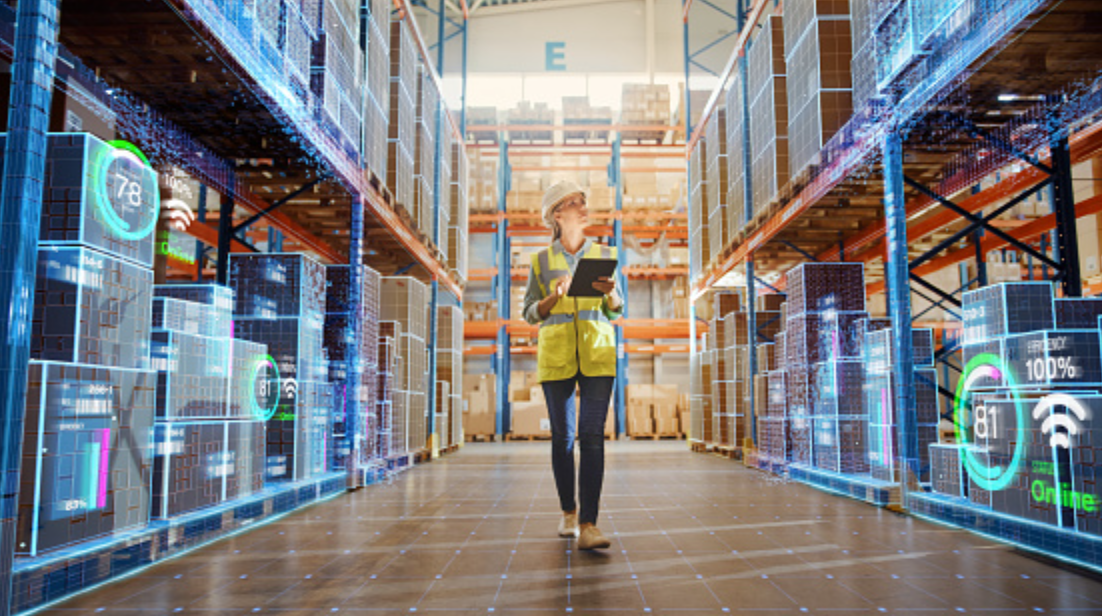 While technical terms like the cloud and the Internet of Things (IoT) may seem daunting at first, they have far-reaching consequences for the world of shipping analytics and as of now, they are a welcome change that is here to stay. We hope that this article familiarizes you with all you need to know about the world of big data, the cloud, and IoT, and how they relate to shipment analytics as a whole.
While technical terms like the cloud and the Internet of Things (IoT) may seem daunting at first, they have far-reaching consequences for the world of shipping analytics and as of now, they are a welcome change that is here to stay. We hope that this article familiarizes you with all you need to know about the world of big data, the cloud, and IoT, and how they relate to shipment analytics as a whole.
Looking for the right software development partner for your cloud computing needs? RTS Labs creates bespoke software solutions and digital products that bring agility, value, and strategic advantage to your business while solving complex issues with an expert touch. Contact us today and see how we can help!
